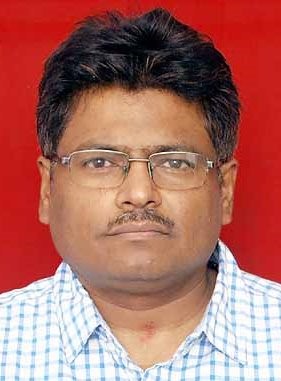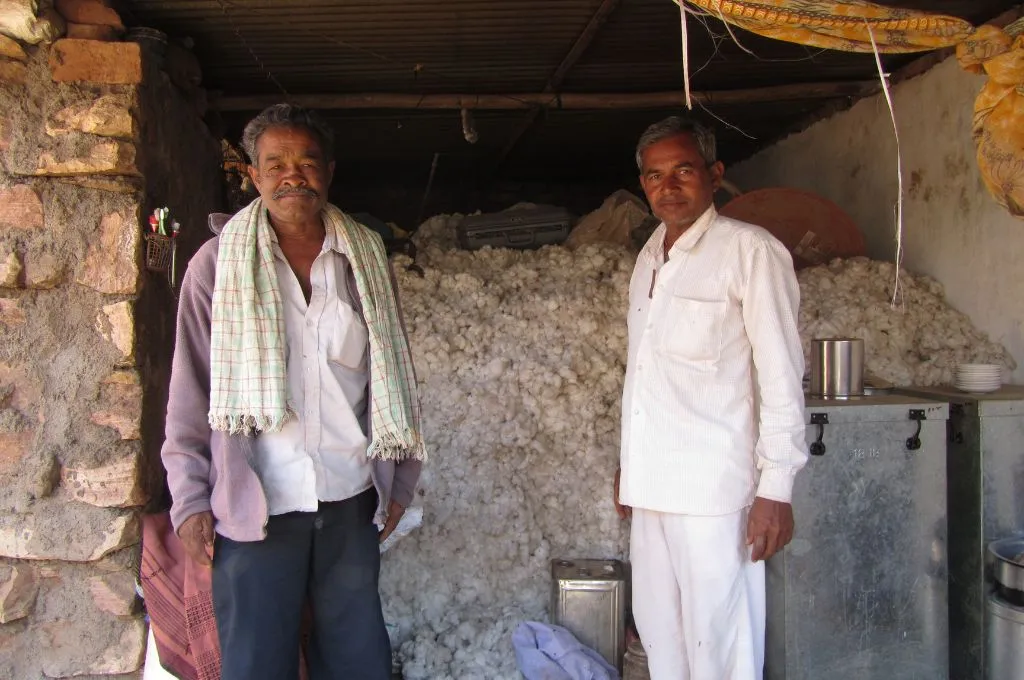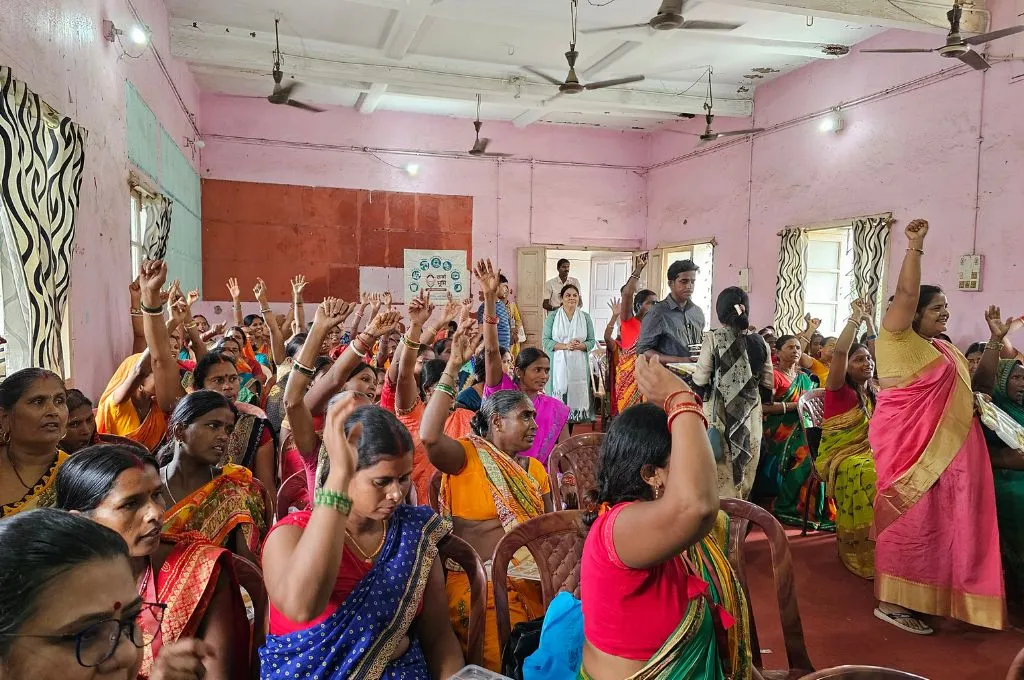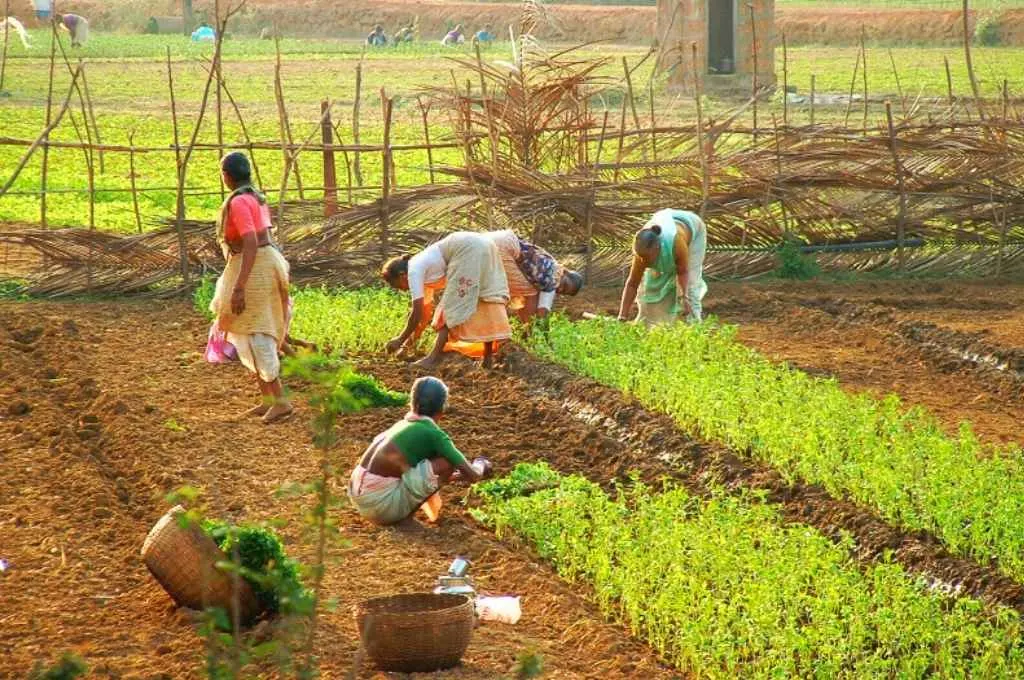Smallholder farmers constitute nearly 80 percent of the total farm households and make up one of the largest constituencies among India’s poor. The productivity of many of their on-farm and off-farm activities is lower than average and there are substantial gaps in yields generated on the farmers’ fields, versus what is seen as research stations.
The food, nutritional security, and poverty alleviation of these smallholder farmers pose great challenges. To improve their lives, we need to increase agricultural productivity and promote off-farm rural employment. This requires access to appropriate technology that will equip them with modern practices, in both farming and off-farm activities. New models have to be developed to ensure that these families have access to the right information, as well as knowledge and skills to optimise the productivity of their livelihood activities.
Neither the public extension system nor the market has been able to reach the smallholders in the remote areas of our country, in spite of the several initiatives that have been introduced since Independence. These include the Krishi Vigyan Kendras (KVKs) or Farm Science Centres launched by the Indian Council of Agricultural Research (ICAR) in the 1970s, the Agricultural Technology Information Centres (ATIC) introduced in 2000 to disseminate technologies developed in universities and institutes, and the Agri-Clinics and Agri-Business Centres (ACABC) scheme that provided unemployed farm graduates with training and gave them access to credit to start their own ventures.
Related article: Budgeting to double farmers’ incomes
The lack of belief among outsiders in smallholders’ capability, the ignorance of public extension workers about their needs, and the unwillingness of specialists to live and work in such areas are some of the reasons for the current state of affairs. Private agri-dealers also do not reach the smallholders in hilly and undulating areas due to the high transaction costs, among other things.
This article captures lessons from PRADAN’s initiative to increase farm productivity by promoting a community-based model of agricultural advisory services.
Training women as community service providers (CSPs)
Initially, professionals from PRADAN played the role of extension agents—individuals who work with farmers and help them access services. PRADAN staff helped them with mobilising working capital through credit, supplying quality agricultural inputs, knowledge and skill transfer for soil health management, training on farm mechanisation, and so on.
Next, they piloted a community-based model to provide services—knowledge and skill transfer, Natural Resource Management (NRM)-based asset creation (for instance, structures to reduce soil erosion, increase soil moisture, and augment water storage), and marketing—to fill the gap left by the state. Women were organised into Self-Help Groups (SHGs) to mobilise credit for their members, and local agri-dealers were oriented to provide quality inputs on time.
Specialised and intensive training on locally appropriate farming practices was provided to a few selected youth from the community. These young people were called community service providers (CSPs). The CSPs supported the community in taking up varieties of food and cash crops, which were regularly reviewed and supported by PRADAN.

This model proved to be successful, as a large number of women farmers adopted modern agricultural inputs and began to earn a good price for their produce. | Picture courtesy: Arjun Swaminathan
While initially, men were chosen as CSPs, subsequently some interested women were groomed to be service providers as well. Communities selected candidates against a list of agreed criteria, such as: 20-40 years of age, class VIII pass, acquainted with modern farming, not completely occupied in farming, owning a mobile phone, being socially accepted, and possessing a mode of conveyance. To train CSPs, practice-based training programmes were developed.
This model proved to be successful, as a large number of women farmers adopted modern agricultural inputs and practices, at a relatively low cost. They also began to earn a good price for their produce. This experience has now been adopted by other nonprofits, as well as by state governments.
Making the CSPs accountable to their communities
This model however had one intrinsic problem: the CSPs were more accountable to PRADAN than to the community. In fact, they preferred to be known as PRADAN’s employees and not service providers to the community. As a result, the community members became mere recipients.
Having understood this, the organisation gradually started making the model demand-based, so that CSPs would be employed directly by women’s institutions. SHG members were encouraged to collect a service charge fee from the participating families to meet the cost of the CSPs.
In our society, where paying for information is not the norm, it was hard for CSPs to get a reasonable payment from the community.
The community was not ready to bear the full cost, and the shortfall was met by the organisation. When they were asked to pay, the enrolment of farmers decreased. The response gradually improved in the subsequent years and it resulted in greater ownership by the community. They selected the CSPs, allocated responsibilities to them, monitored their work, and paid them accordingly.
The nonprofit’s role then was largely to train CSPs. They linked them to the local agri-dealers so that they could access the latest information and pass it on to the communities. Over time and through experience, a biodata format, written test, and group discussion for the community were introduced to administer and select better candidates. The new CSPs were partnered with older CSPs for on-the-job training.
Making CSPs a viable business opportunity
Meeting the full cost of the CSPs through contribution from the community remained a concern. In our society, where paying for information is not the norm, it was hard for CSPs to get a reasonable payment from the community. That in turn discouraged them from learning further and providing quality services to the community. External financing was thus required to train and engage the CSPs. Had it been remunerative, CSPs could have been charged a fee for the training.
Related article: Is having more women in agriculture a good thing?
The next phase1 focused on promoting entrepreneurship among CSPs. The inspiration came from agri-dealers who provided knowledge free of charge to increase their sales. There were services for which the community was willing to pay, such as input supply, irrigation, mechanisation, and marketing, and CSPs could be enabled to provide them.
High-performing CSPs were selected and trained on skills such as business plan preparation, opportunity identification, and credit access. After the training, they were promised a stipend of INR 3,000 per month for a period of six months, to select an enterprise of their choice, prepare a business plan, secure bank loans, and launch the venture.
A rural extension model has to be an integral part of sustainable agriculture and livestock development strategies.
This worked: most of the trained entrepreneurs were able to start businesses of their own by providing services to farmers for a fee. Some of them supplied agricultural inputs, accessed government subsidies to procure agricultural machinery, and marketed vegetables and fruits to distant markets. To attract more people and to increase demand for their services, the CSPs also provided the knowledge of modern farming as complementary to other services.
As a model this works because it can self-sustain after the initial financial assistance to train and support CSPs. Eventually, CSPs could even pay for their own training.
The next challenge is scaling the model
A rural extension model has to be an integral part of sustainable agriculture and livestock development strategies. To promote the exchange of information and facilitate wider dissemination of improved farming practices, the entrepreneur model can work well, by establishing a strategic alliance between farmers/producers and service providers.
The next challenge is then to scale the model. It will require finance to conduct quality training and provide support to CSPs. They often find it a challenge to obtain licenses from the government to sell fertilizers and pesticides. The advocacy for favourable policies will, therefore, be vital. With the right support, these entrepreneurs could be the key to revitalise Indian agriculture.
- This was done in partnership with Transforming Rural India (TRI), a civil society initiative to bring about a paradigm change in the key indicators of rural life.
—
Know more:
- Read a longer version of this article for more detailed insights.
- Learn about a research project by PRADAN to improve farmer livelihoods through women’s collectives.
Do more:
- If you work on a community-based model for agricultural advisory services, and would like to share the lessons you have learned, writetous@idronline.org.





